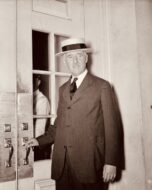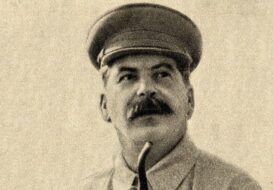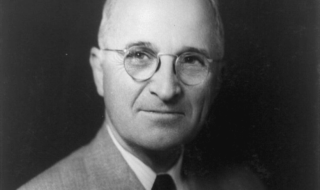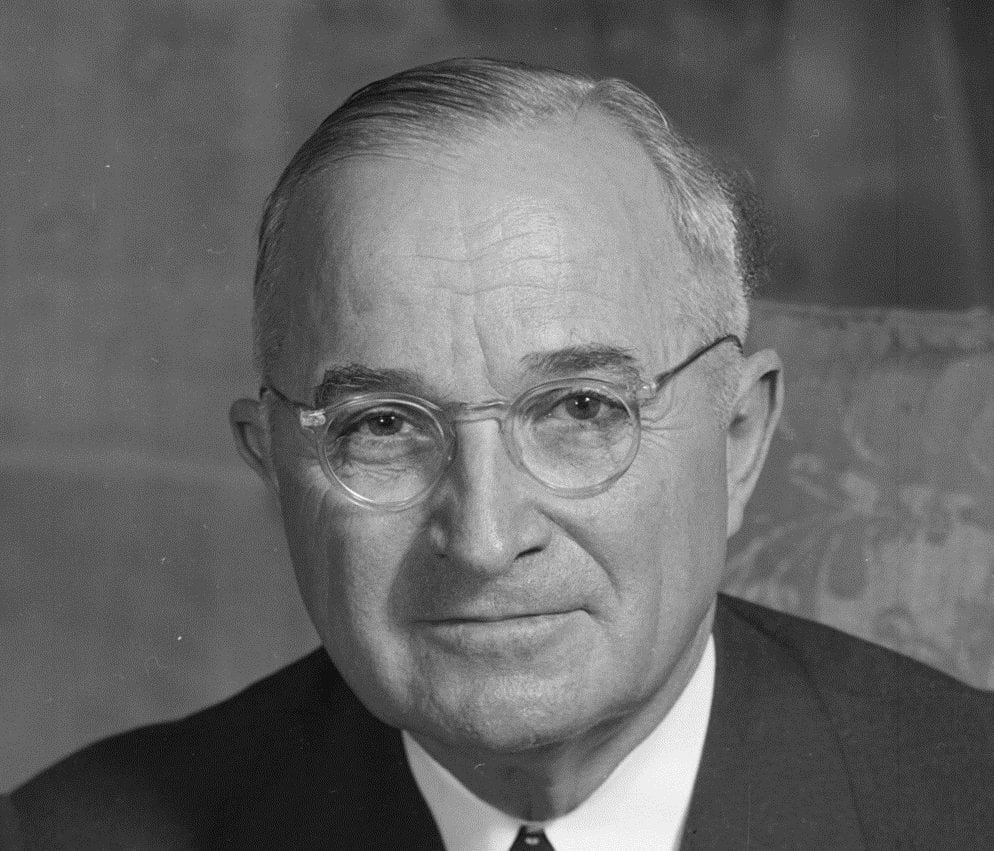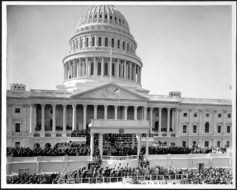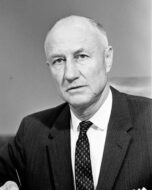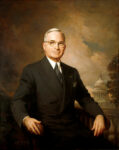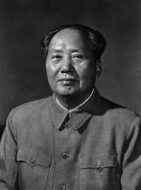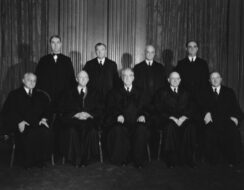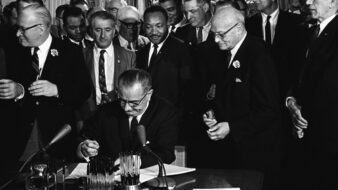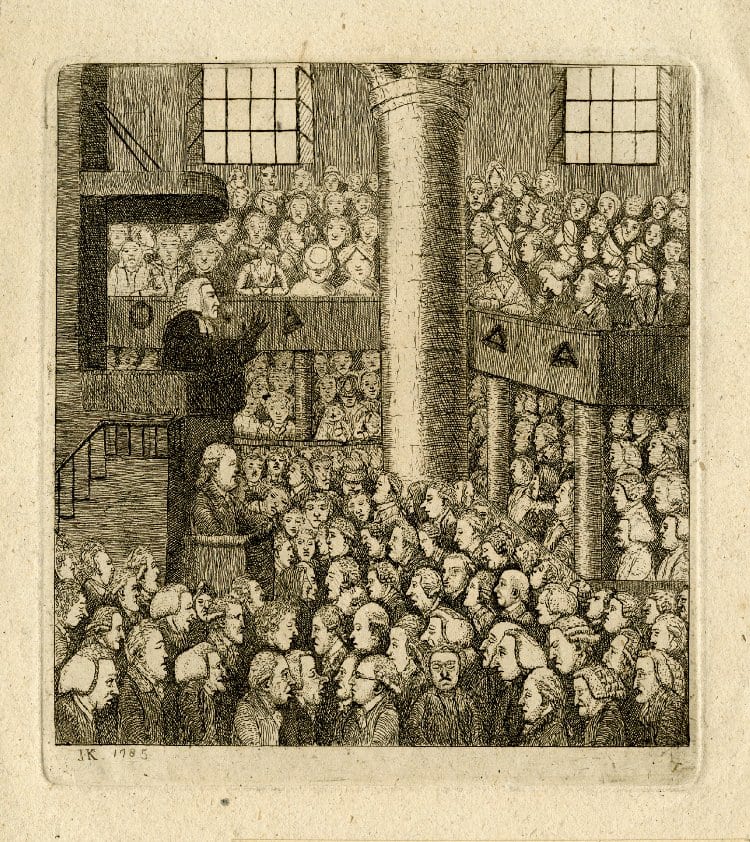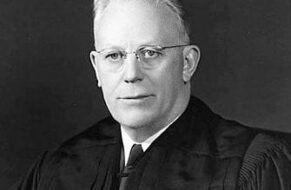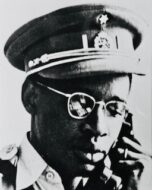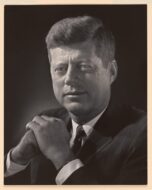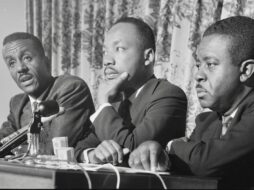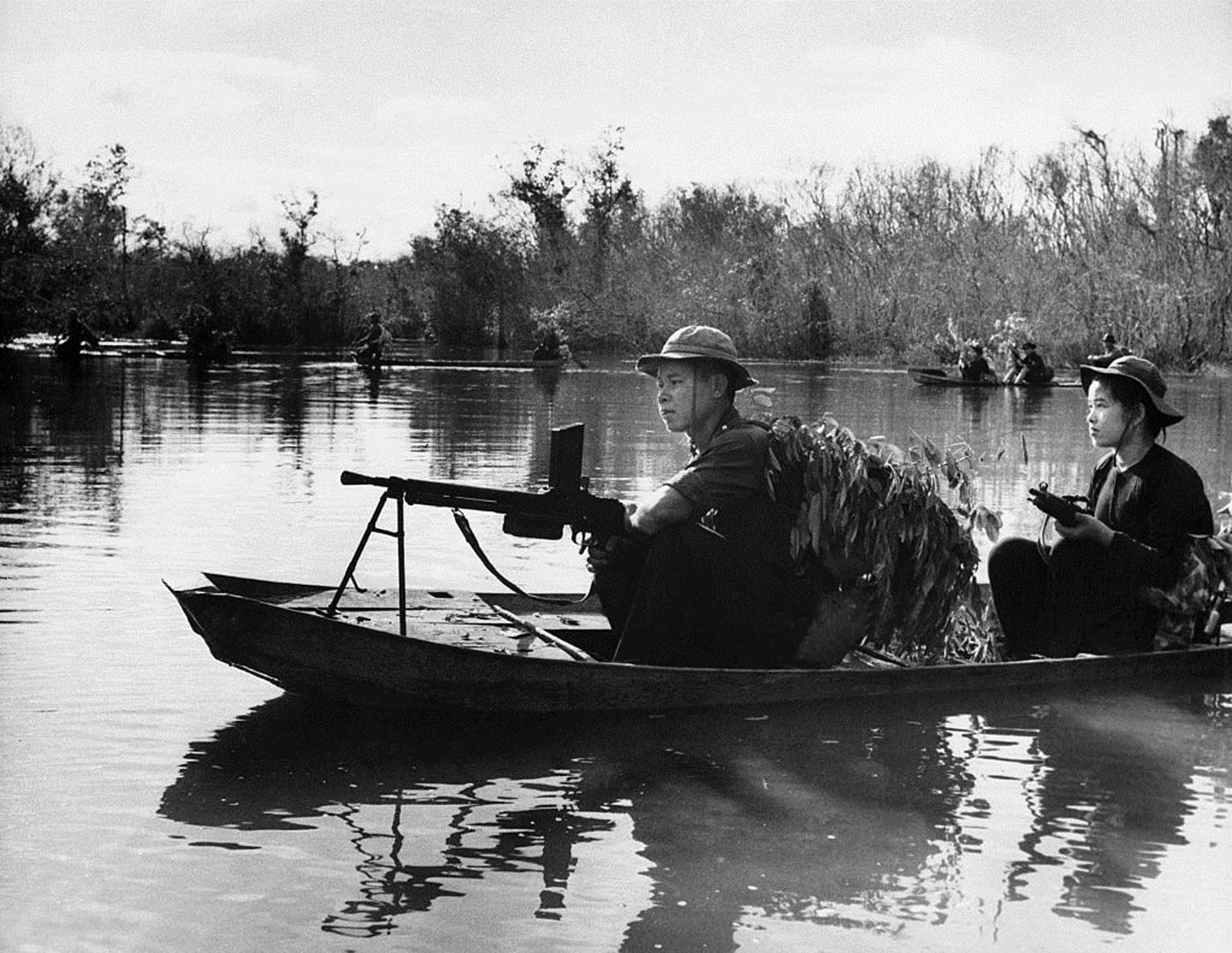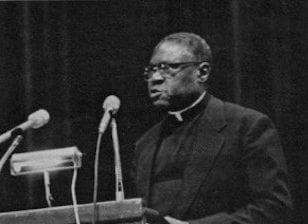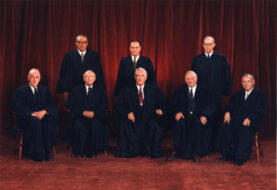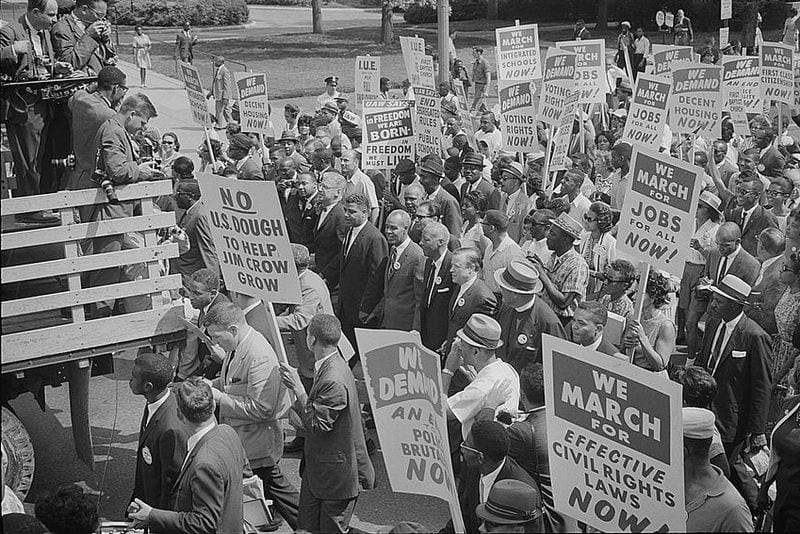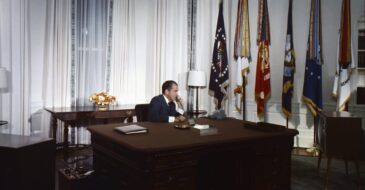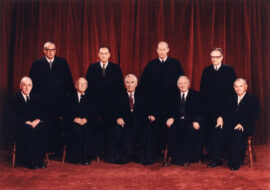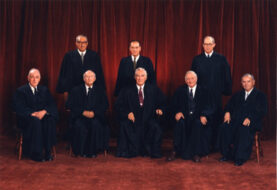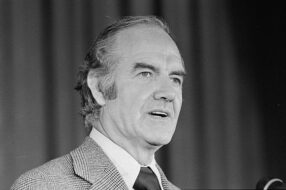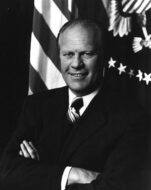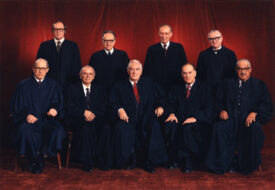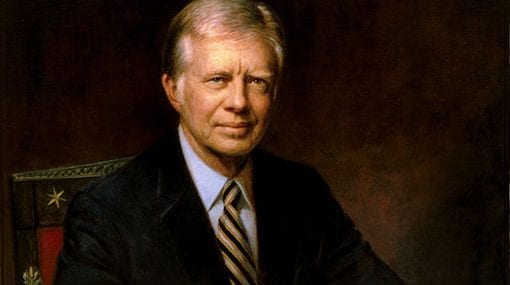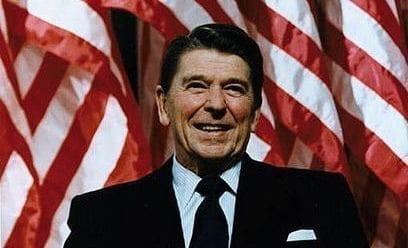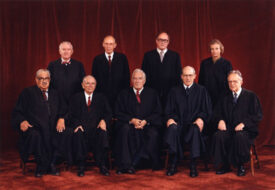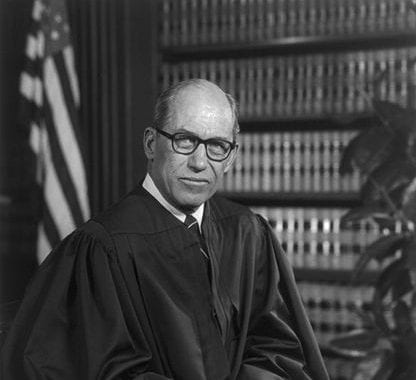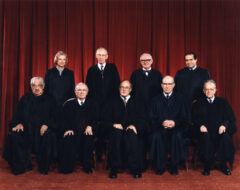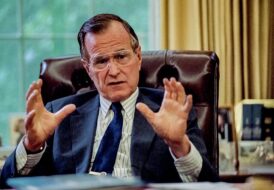

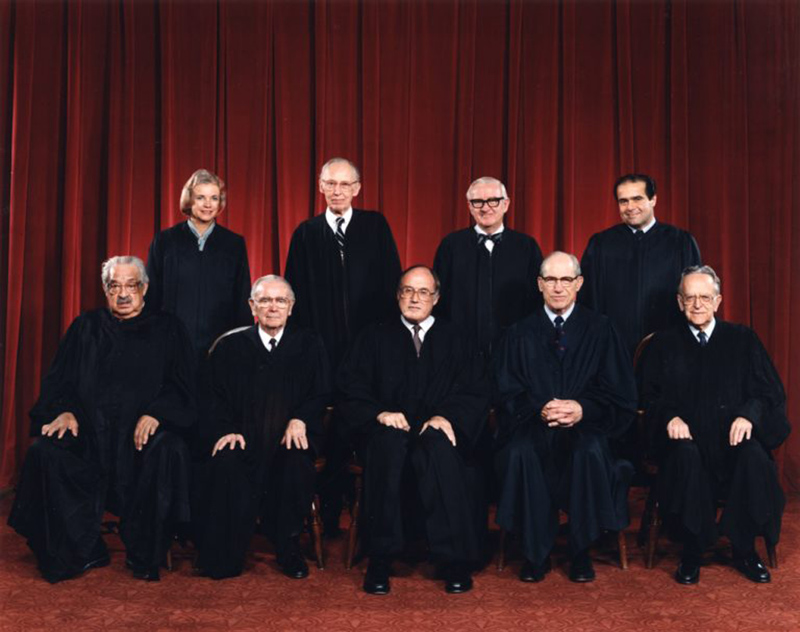
No related resources
Introduction
The Cabazon Band of Mission Indians have a small ranchería (reservation) near Palm Springs, California. In 1986, they operated a bingo hall and a card parlor on their land where people played poker. The state attempted to shut down these gambling operations, contending they violated California policy. The Cabezon sued California in federal court, and when the case reached the Supreme Court, the Court ruled that the state had no authority to prevent the Cabezons’ actions.
In 1988, Congress responded to the Supreme Court decision by passing the Indian Gaming Regulatory Act to add a structure to gambling operations on reservations. The act requires tribal nations to negotiate with the states within which they are located if they wish to operate casinos. Cherokee scholar Jeff Corntassel afterward declared that federal policy is no longer one of self-determination for tribal nations (See Special Message on Indian Affairs) but one of “ forced federalism.” Today nearly 250 tribal nations operate more than 500 gaming facilities. Though far from an unreserved good, these facilities have provided some tribes with economic resources they previously lacked.
480 U.S. 202, https://www.law.cornell.edu/supremecourt/text/480/202.
JUSTICE WHITE delivered the opinion of the Court.
. . .In Pub[lic] L[aw] 280, Congress expressly granted six states, including California, jurisdiction over specified areas of Indian country within the states and provided for the assumption of jurisdiction by other states.1 In § 2, California was granted broad criminal jurisdiction over offenses committed by or against Indians within all Indian country within the State. Section 1Public Law 280 (1953, since amended) gave states legal authority over some tribal areas in some states. 4’s grant of civil jurisdiction was more limited. In Bryan v. Itasca County, we interpreted § 4 to grant states jurisdiction over private civil litigation involving reservation Indians in state court, but not to grant general civil regulatory authority. . . .Accordingly, when a state seeks to enforce a law within an Indian reservation under the authority of Pub.L. 280, it must be determined whether the law is criminal in nature, and thus fully applicable to the reservation under § 2, or civil in nature, and applicable only as it may be relevant to private civil litigation in state court. . . .
. . .California does not prohibit all forms of gambling. California itself operates a state lottery, and daily encourages its citizens to participate in this state-run gambling. California also permits pari-mutuel horse-race betting. Although certain enumerated gambling games are prohibited under Cal. Penal Code Ann. § 330 games not enumerated, including the card games played in the Cabazon card club, are permissible. The Tribes assert that more than 400 card rooms similar to the Cabazon card club flourish in California, and the state does not dispute this fact. Also, as the Court of Appeals noted, bingo is legally sponsored by many different organizations and is widely played in California. . . .In light of the fact that California permits a substantial amount of gambling activity, including bingo, and actually promotes gambling through its state lottery, we must conclude that California regulates rather than prohibits gambling in general and bingo in particular.2
California argues, however, that high stakes, unregulated bingo, the conduct which attracts organized crime, is a misdemeanor in California and may be prohibited on Indian reservations. But that an otherwise regulatory law is enforceable by criminal as well as civil means does not necessarily convert it into a criminal law within the meaning of Pub.L. 280. Otherwise, the distinction between § 2 and § 4 of that law could easily be avoided and total assimilation permitted. . . .Accordingly, we conclude that Pub.L. 280 does not authorize California to enforce Cal. Penal Code Ann. § 326.5 within the Cabazon and Morongo Reservations. . . .
This case also involves a state burden on tribal Indians in the context of their dealings with non-Indians since the question is whether the state may prevent the Tribes from making available high stakes bingo games to non-Indians coming from outside the reservations. Decision in this case turns on whether state authority is pre-empted by the operation of federal law; and “[s]tate jurisdiction is pre-empted . . . if it interferes or is incompatible with federal and tribal interests reflected in federal law, unless the state interests at stake are sufficient to justify the assertion of state authority.”3 The inquiry is to proceed in light of traditional notions of Indian sovereignty and the congressional goal of Indian self-government, including its “overriding goal” of encouraging tribal self-sufficiency and economic development.
These are important federal interests. They were reaffirmed by the president’s 1983 Statement on Indian Policy.4 More specifically, the Department of the Interior, which has the primary responsibility for carrying out the federal government’s trust obligations to Indian tribes, has sought to implement these policies by promoting tribal bingo enterprises. Under the Indian Financing Act of 1974, the Secretary of the Interior has made grants and has guaranteed loans for the purpose of constructing bingo facilities. The Department of Housing and Urban Development and the Department of Health and Human Services have also provided financial assistance to develop tribal gaming enterprises. Here, the Secretary of the Interior has approved tribal ordinances establishing and regulating the gaming activities involved. The Secretary has also exercised his authority to review tribal bingo management contracts under 25 U.S.C. § 81, and has issued detailed guidelines governing that review.
These policies and actions, which demonstrate the government’s approval and active promotion of tribal bingo enterprises, are of particular relevance in this case. The Cabazon and Morongo Reservations contain no natural resources which can be exploited. The tribal games at present provide the sole source of revenues for the operation of the tribal governments and the provision of tribal services. They are also the major sources of employment on the reservations. Self-determination and economic development are not within reach if the Tribes cannot raise revenues and provide employment for their members. The Tribes’ interests obviously parallel the federal interests. . . .
The sole interest asserted by the state to justify the imposition of its bingo laws on the Tribes is in preventing the infiltration of the tribal games by organized crime. To the extent that the state seeks to prevent any and all bingo games from being played on tribal lands while permitting regulated, off-reservation games, this asserted interest is irrelevant and the state and county laws are pre-empted. Even to the extent that the state and county seek to regulate short of prohibition, the laws are pre-empted. The state insists that the high stakes offered at tribal games are attractive to organized crime, whereas the controlled games authorized under California law are not. This is surely a legitimate concern, but we are unconvinced that it is sufficient to escape the pre-emptive force of federal and tribal interests apparent in this case. California does not allege any present criminal involvement in the Cabazon and Morongo enterprises, and the Ninth Circuit discerned none. . . .
We conclude that the state’s interest in preventing the infiltration of the tribal bingo enterprises by organized crime does not justify state regulation of the tribal bingo enterprises in light of the compelling federal and tribal interests supporting them. State regulation would impermissibly infringe on tribal government, and this conclusion applies equally to the county’s attempted regulation of the Cabazon card club. We therefore affirm the judgment of the Court of Appeals and remand the case further proceedings consistent with this opinion.
It is so ordered.
- 1. Public Law 280 (1953, since amended) gave states legal authority over some tribal areas in some states.
- 2. Justice White’s note: Nothing in this opinion suggest that cock fighting, tattoo parlors, nude dancing, and prostitution are permissible on Indian reservations within California. The applicable state laws governing an activity must be examined in detail before they can be characterized as regulatory or prohibitory. The lower courts have not demonstrated an inability to identify prohibitory laws. For example, in United States v. Marcyes, the Court of Appeals adopted and applied the prohibitory/ regulatory distinction in determining whether a state law governing the possession of fireworks was made applicable to Indian reservations by the Assimilative Crimes Act. The Court concluded that, despite limited exceptions to the statute’s prohibition, the fireworks law was prohibitory in nature. See also United States v. Farris.
- 3. Mescalero, 462 U.S., at 333, 334.
- 4. President Ronald Reagan, Statement on Indian Policy, January 24, 1983, https:// www.reaganlibrary.gov/archives/speech/statement-indian-policy.

Conversation-based seminars for collegial PD, one-day and multi-day seminars, graduate credit seminars (MA degree), online and in-person.

